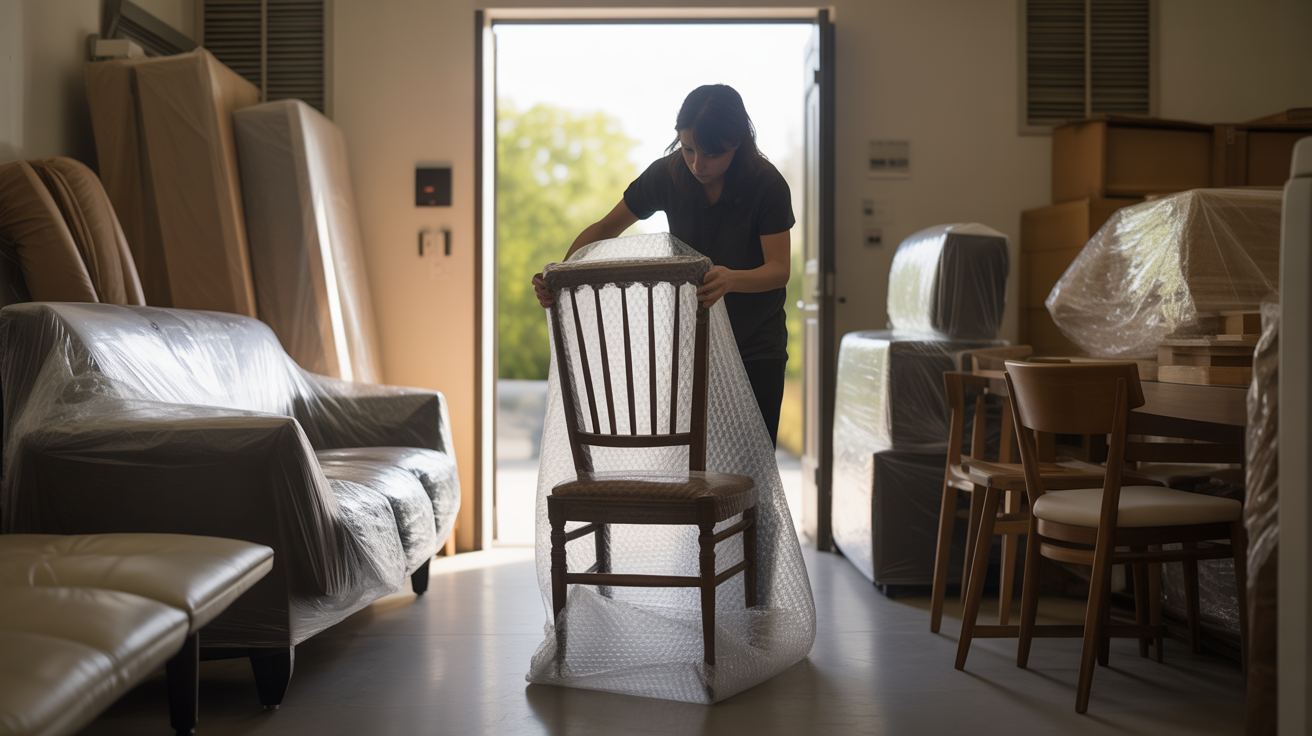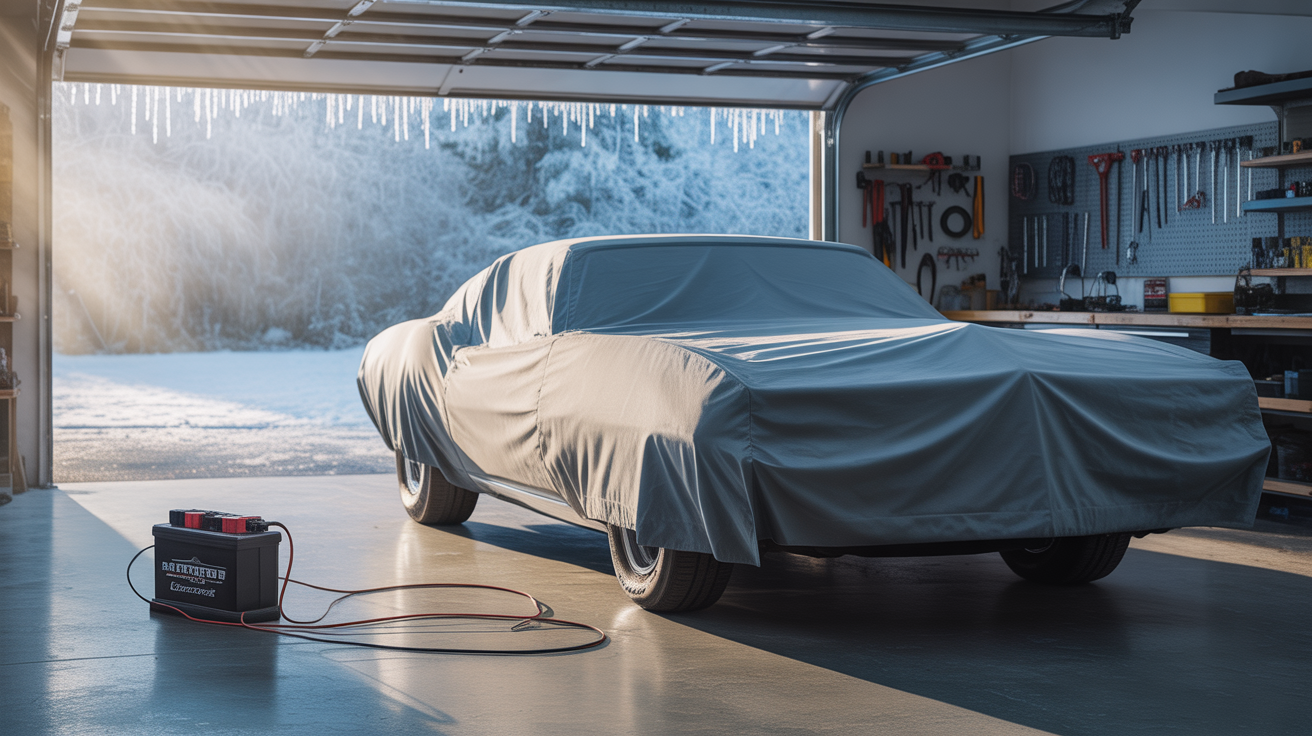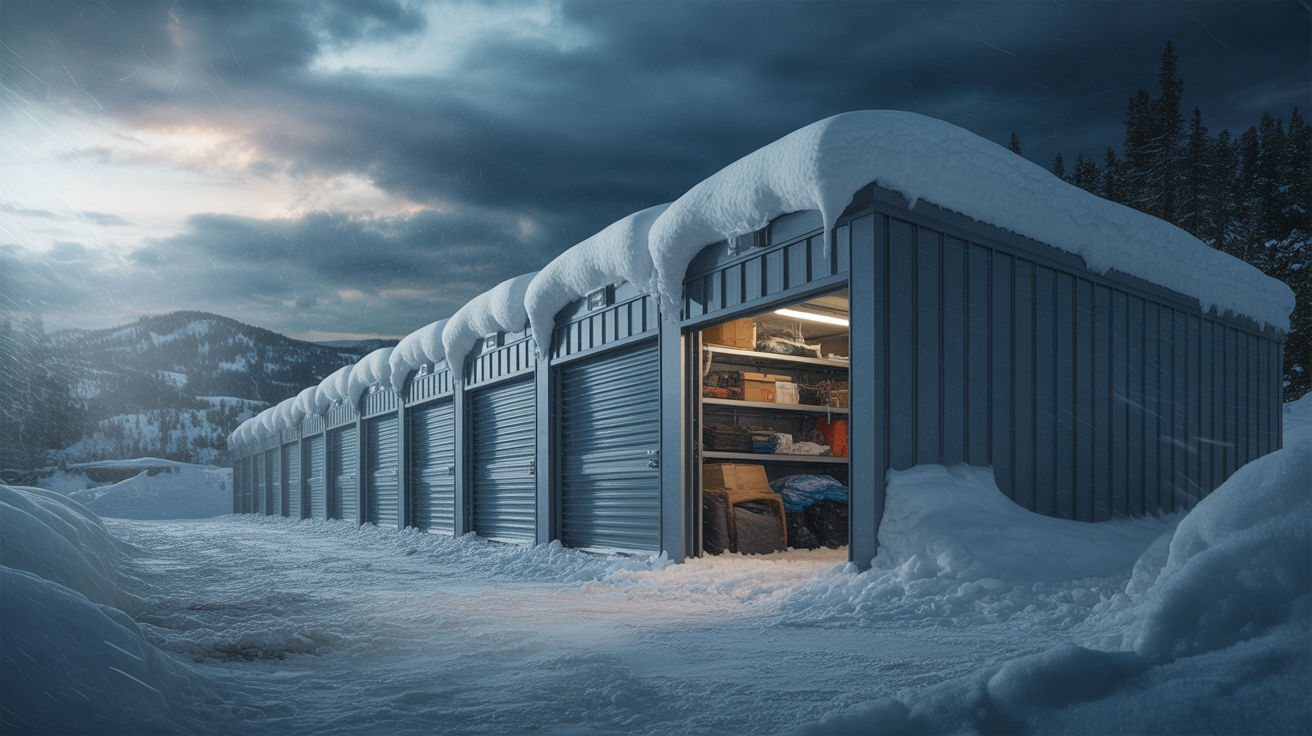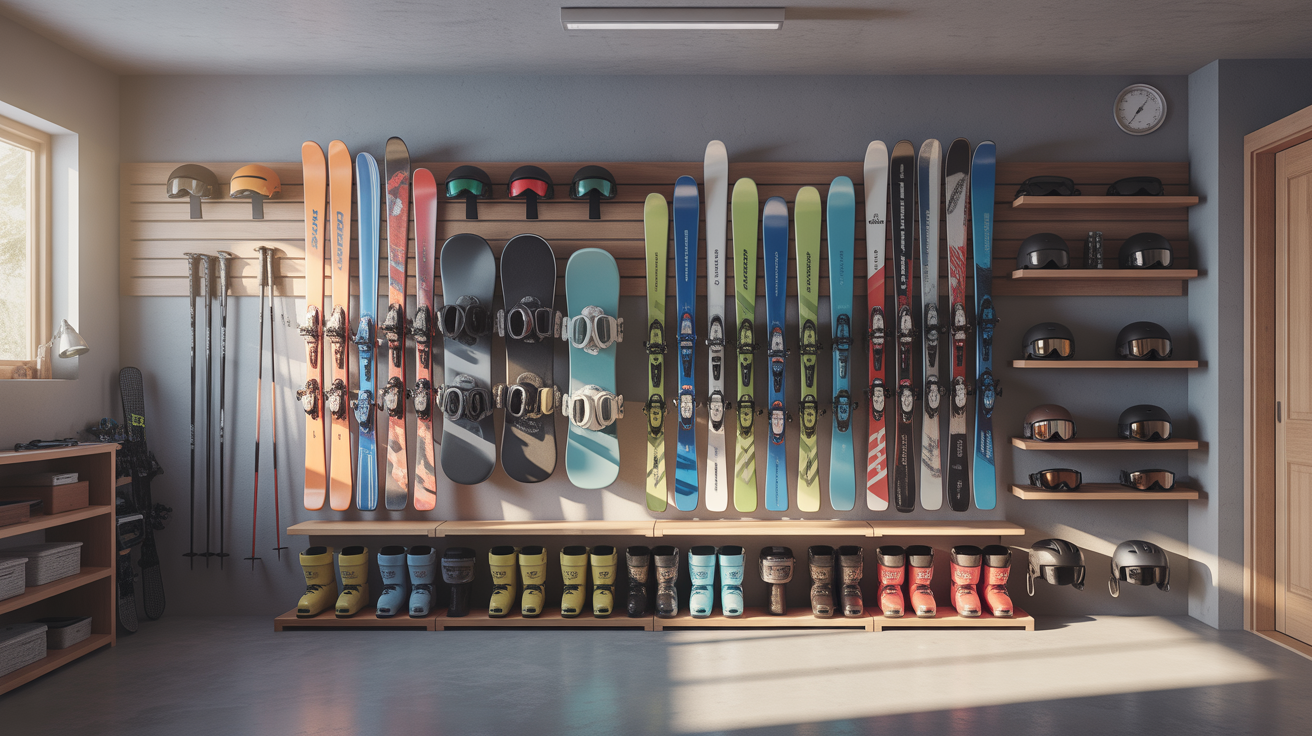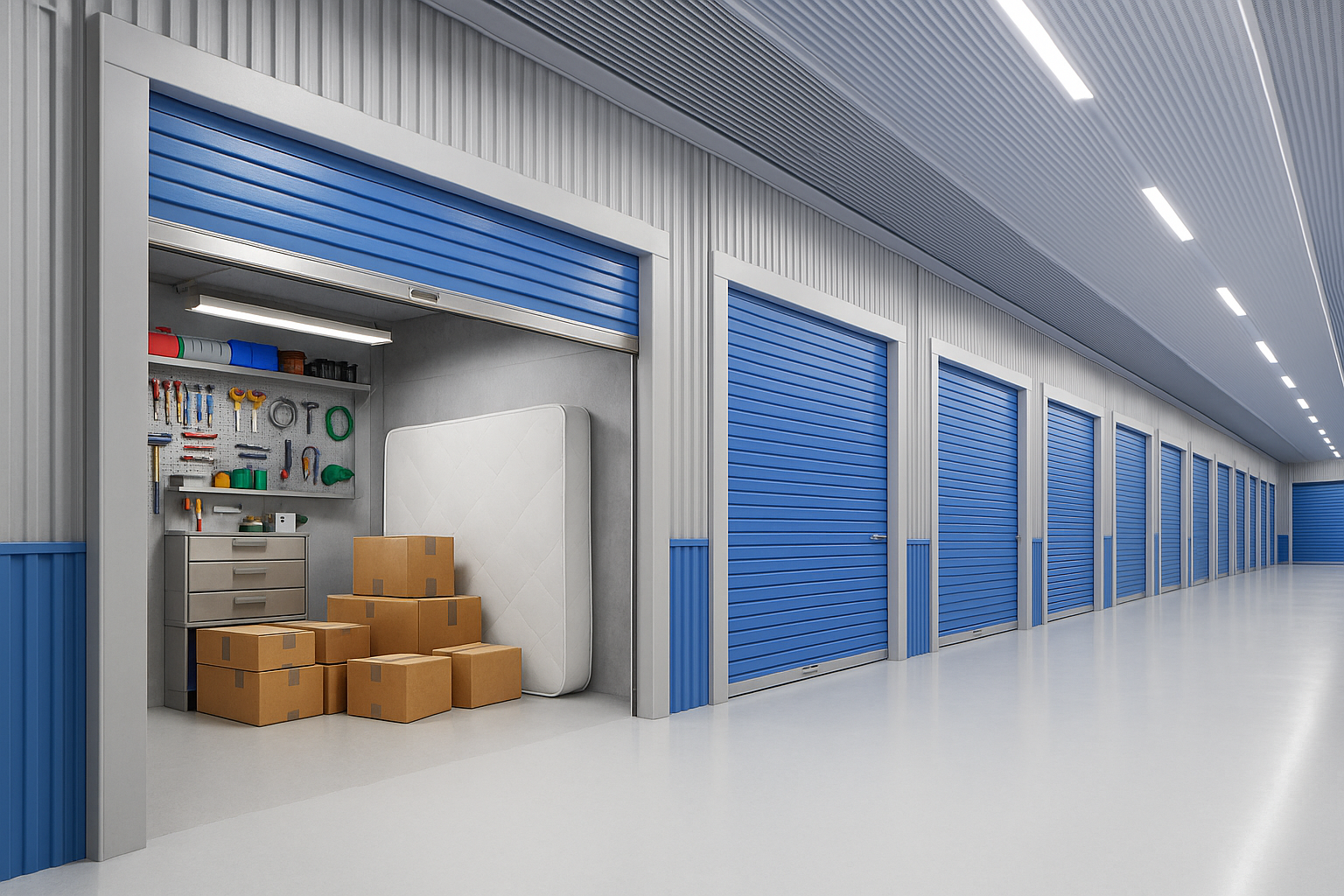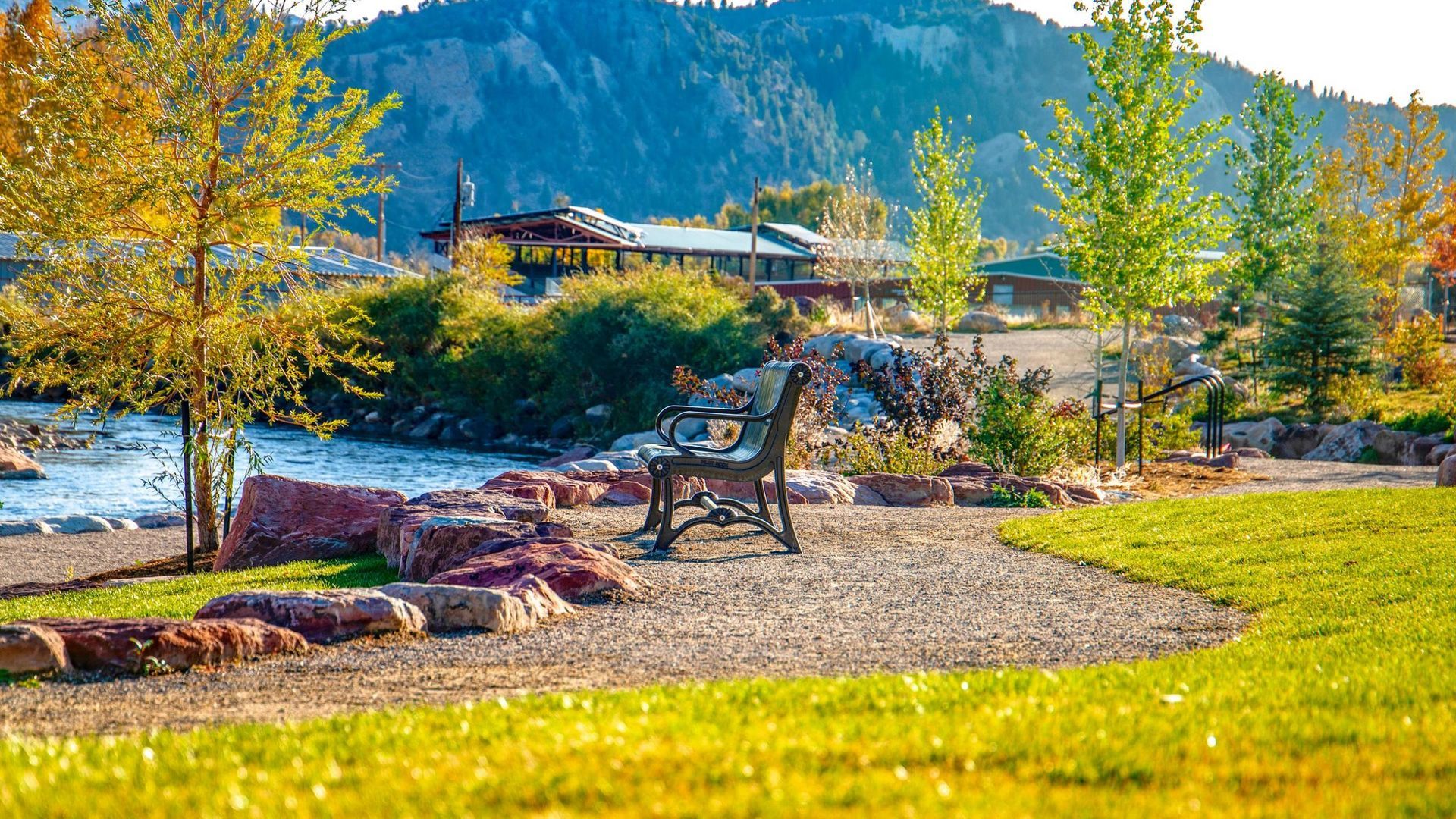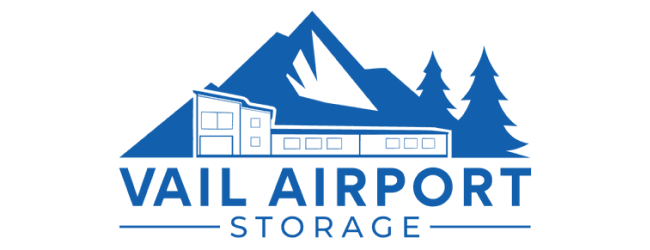Choosing the Right Storage Unit: Size, Cost, and Climate Control Guide

Choosing the right storage unit involves balancing cost, size, climate control, and location. Many people fail to consider the long-term implications of their choices, leading to wasted money or damaged belongings. This guide provides a comprehensive overview of storage unit options, helping you make informed decisions to protect your items and optimize your storage experience.
Understanding storage unit needs and types
Selecting the right storage unit starts with understanding your specific needs. Begin by determining if you require short-term storage during a move or a long-term solution for items that no longer fit in your home. The type and amount of items you plan to store will significantly influence your choice; storing sensitive electronics and antique furniture requires different considerations than storing seasonal decorations or business documents.
The storage industry presents various storage unit options to accommodate diverse customer needs. Full-service storage facilities offer valet-style solutions where professionals handle the pickup, transport, and storage of your belongings. These services often include scheduling systems accessible via smartphone apps, allowing customers to request item retrieval easily. Self-storage facilities, a more traditional approach, require customers to transport their items to the unit themselves, offering greater control and typically lower costs.
When considering storage units in Gypsum, CO , several factors are crucial. Security features are paramount, including surveillance systems, controlled access, and strong locking mechanisms. The facility's accessibility impacts your convenience, with some offering 24-hour access while others have specific hours. The facility's condition, including cleanliness and pest control, indicates the care your belongings will receive.
Effective storage unit guidelines emphasize preparation before signing a rental agreement. Start by cataloging all items for storage, noting dimensions, weight, and special handling needs. This helps determine the right unit size and identifies items that may need climate control. Set a realistic budget that includes monthly fees, insurance, and potential extra services.
Having assessed your storage needs and the types of units available, the next critical consideration is whether to opt for climate controlled storage, which offers enhanced protection for sensitive items.
Climate controlled storage benefits and considerations
Climate controlled storage in Gypsum, CO is a premium option that maintains consistent temperature and humidity, typically between 55°F and 85°F with 30% to 50% humidity. This stability protects items susceptible to damage from temperature changes, moisture, and extreme weather. The controlled environment prevents warping, cracking, rust, and mold.
The benefits of climate controlled storage go beyond temperature regulation to include comprehensive environmental protection. These units protect items from seasonal temperature swings that can cause materials to expand and contract, leading to damage. Humidity control prevents moisture-related issues that affect materials like wood, leather, fabric, and paper. Electronics benefit from stable conditions, as temperature extremes can damage components and void warranties.
Deciding when climate controlled storage is worth the cost involves evaluating the value and vulnerability of your stored items. Documents, photographs, artwork, musical instruments, wine, and antique furniture often need climate-controlled environments due to their irreplaceable nature or high replacement costs. Items like metal tools, plastic containers, and outdoor equipment may be fine in standard units.
Storage unit regulations for climate control vary; some facilities require specific items to be stored in controlled environments, while others leave the decision to customers. Many provide guidelines on which items benefit most from climate control, helping customers make informed choices. Understanding these recommendations ensures compliance with rental agreements while protecting your belongings.
With a clear understanding of climate-controlled storage, the next step is to determine the appropriate storage unit size to accommodate your belongings efficiently.
Storage unit sizes - Finding the right fit
Determining the right storage unit size requires assessing the volume and dimensions of your belongings, as well as any future storage needs. Accurate size selection avoids paying for unused space while ensuring enough room for all items and access. This involves inventorying your possessions, measuring larger items, and considering whether you'll add more items later.
Common Beaver Creek storage units range from compact 5x5 foot units for closet contents to large 10x30 foot spaces for entire households. A 5x5 unit typically holds seasonal clothing, small furniture, or business records, while 5x10 units can store bedroom furniture or small apartment contents. Mid-size options like 10x10 units offer space equivalent to a standard bedroom and can house one-bedroom apartment furnishings, including appliances and furniture.
For those wondering what size storage unit for 4 bedroom house, larger units are needed. A 10x20 unit can typically handle a three-bedroom home's contents, while a 10x30 unit provides enough space for a four-bedroom house, including furniture, appliances, and boxes. These estimates assume efficient packing and organization, with items stacked appropriately and space used effectively.
Movers and storage experts suggest slightly overestimating your space needs to ensure access to stored items and accommodate unexpected additions. Creating floor plans before moving items into storage helps maximize space and maintain access throughout your rental period.
Once you've determined the appropriate size, understanding the storage unit costs and contractual obligations is essential for a transparent and secure storage experience.
Understanding storage unit costs and contracts
Storage unit costs vary based on unit size, location, facility amenities, and market conditions. Urban facilities typically cost more than suburban or rural locations due to higher demand and operational costs. Climate controlled storage units generally cost more than standard units, while features like drive-up access, enhanced security, or covered loading areas may add to the cost.
Most self-storage facilities use month-to-month rental agreements, providing flexibility. However, many offer discounts for longer commitments, with reduced rates for six-month or annual agreements. Full-service storage companies may require minimum rental periods, though policies vary.
Storage unit costs include additional charges beyond rental fees. Security deposits, typically one month's rent, protect facilities against damages or unpaid fees. Administrative fees cover account setup, while insurance protects belongings against theft, damage, or natural disasters. Some facilities include basic insurance, while others require separate coverage.
Storage unit contracts establish the legal framework for your rental and contain terms affecting your rights and responsibilities. These agreements specify payment schedules, late fees, access restrictions, and prohibited items. Understanding lien laws is important, as facilities can auction belongings to recover unpaid rent after following legal procedures. Contract termination clauses outline notice requirements and move-out procedures, while liability limitations define the facility's responsibility for stored items. Reviewing the contract before signing prevents misunderstandings and ensures compliance with all terms.
With a firm grasp on costs and contracts, the next pivotal decision involves selecting the ideal storage unit location to balance convenience and affordability.
Selecting the ideal storage facility location
The right storage unit location impacts convenience and costs. Proximity to your home or work affects the time and expense of accessing your belongings, making location crucial. Those needing frequent access benefit from nearby facilities, while those storing items long-term may prioritize cost savings.
When considering how to choose a storage facility, consider the neighborhood's safety and accessibility. Well-lit areas with commercial or residential presence provide security for your belongings and personal safety. Traffic and road conditions affect loading and unloading, especially for large furniture or multiple boxes.
Location within metropolitan areas affects prices, with downtown facilities typically costing more than suburban options. However, the cost may be worth it for those needing regular access or lacking transportation. Rural facilities often offer the lowest rates but may lack security or extended access hours common in urban locations.
Additional considerations include parking, loading dock access, and proximity to moving truck rentals. Facilities with drive-up access eliminate the need to transport items through hallways or elevators, reducing moving effort. The ideal storage unit location balances accessibility, security, cost, and convenience based on your needs.
Finally, optimizing your storage experience involves effective storage unit packing tips and organization techniques to maximize space and protect your stored items.
Storage unit packing and organization tips
Effective storage unit packing tips focus on maximizing space while maintaining access to stored items. Start with a comprehensive inventory of all belongings, including photographs for insurance and descriptions for identification. This documentation is valuable for locating items or filing insurance claims.
Proper packing protects belongings and optimizes space. Disassemble furniture when possible, storing hardware in labeled bags attached to the pieces. Wrap furniture and fragile items in protective materials like blankets, bubble wrap, or moving pads. Pack boxes tightly to prevent collapse, placing heavier items at the bottom and lighter items on top. Create pathways through the unit by leaving a central aisle, enabling access to items stored in the back.
Using vertical space increases storage capacity. Stack sturdy boxes and furniture strategically, ensuring weight distribution prevents crushing or instability. Use shelving units to create additional storage and keep frequently accessed items at convenient heights. Label all boxes clearly on multiple sides, indicating contents and destination rooms for easy identification.
Making Informed Storage Choices
Selecting the right storage unit requires careful consideration of your specific needs, the types of items you're storing, and your budget. Prioritize climate controlled storage for sensitive items, accurately assess the required storage unit size, and thoroughly review storage unit contracts terms. By balancing storage unit location convenience with cost, and employing effective storage unit packing tips, you can ensure a secure and efficient storage experience. Taking these steps will help you avoid common pitfalls and maximize the value of your storage investment.

